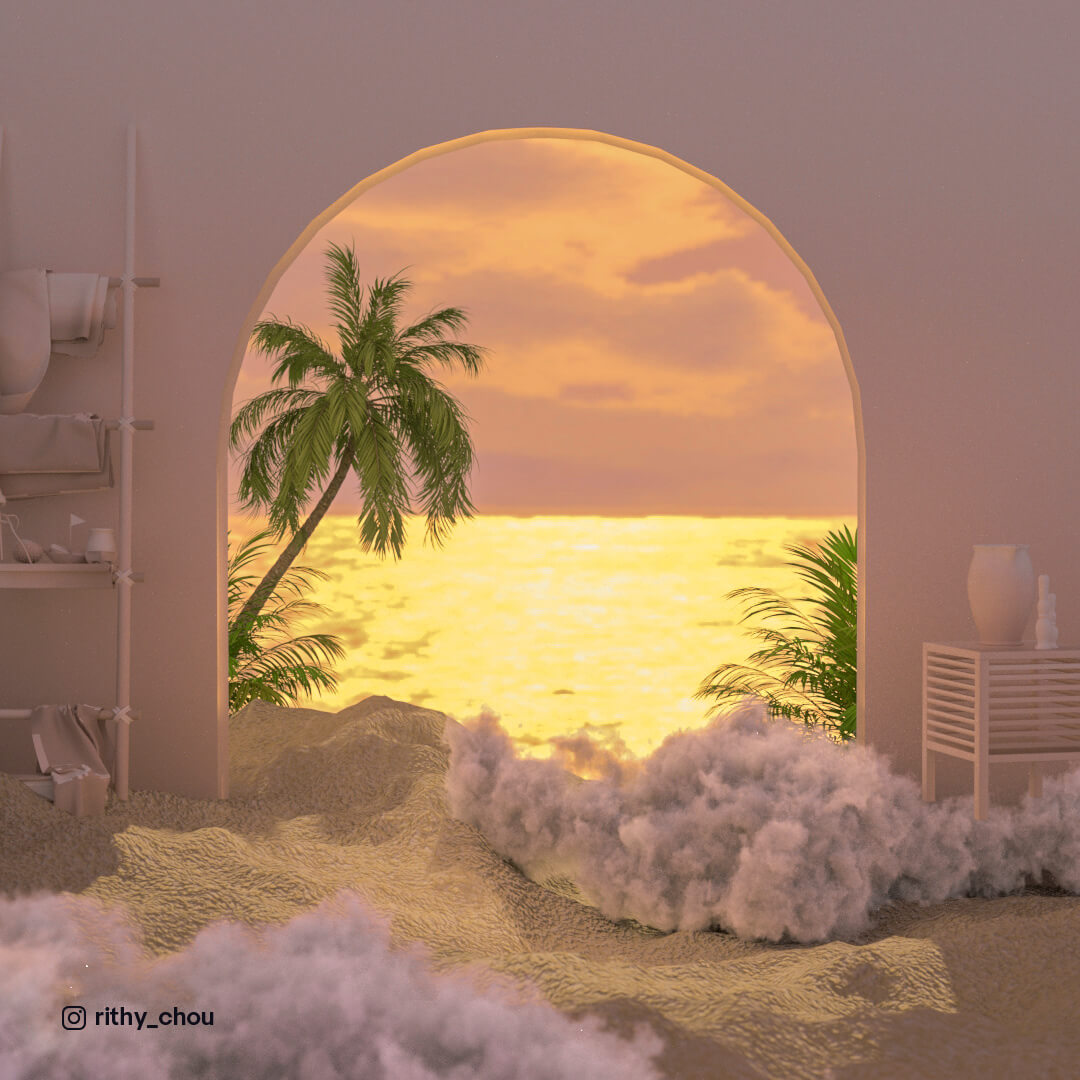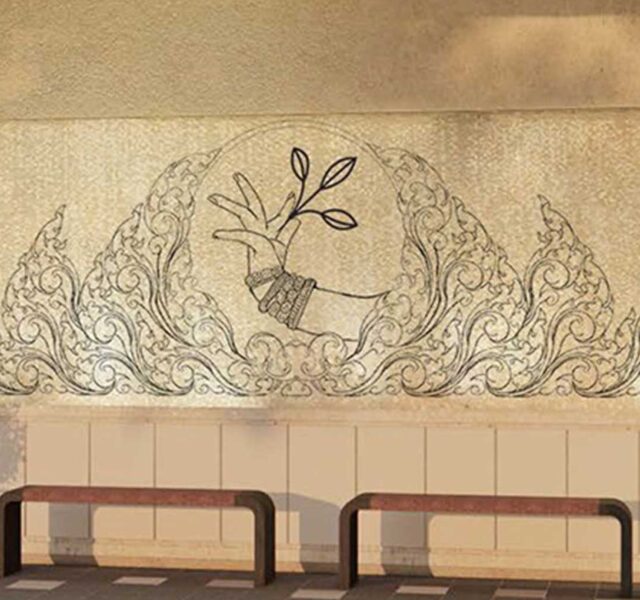3D Arts
Project
Overview
3D art offers limitless possibilities for creating immersive and visually stunning experiences. This project showcases a collection of 3D arts, highlighting my expertise in modeling, texturing, and rendering using Cinema 4D and RedShift. Each piece is meticulously crafted to demonstrate the intricacies of 3D design and the potential of digital art to create realistic and imaginative scenes.
Design Process
Conceptualization
The journey begins with conceptualizing each piece, where initial ideas are transformed into detailed sketches and storyboards. This phase involves extensive research and brainstorming to ensure that each 3D art conveys a unique vision and artistic narrative. By focusing on composition, lighting, and thematic elements, I lay the groundwork for creating compelling and engaging 3D scenes.
Modeling
Once the concept is finalized, the modeling phase begins. Using Cinema 4D, I create detailed 3D models of objects, characters, and environments. This process involves meticulous attention to geometry, ensuring that each model is accurate and lifelike. The goal is to build a solid foundation that will support the texturing and rendering phases.
Texturing & Shading
Texturing and shading bring the 3D models to life by adding depth, color, and realism. By applying detailed textures and materials, I enhance the visual richness of each scene. This phase also includes refining the surface properties of models to achieve the desired look, whether it’s the roughness of a rock, the smoothness of metal, or the softness of fabric.
Lighting & Rendering
Lighting plays a crucial role in setting the mood and atmosphere of each 3D art piece. By carefully positioning lights and adjusting their properties, I create dynamic and realistic lighting effects. Using RedShift for rendering, I convert the 3D models into high-quality images, capturing the final look of each scene. This phase involves fine-tuning settings to ensure optimal clarity, color balance, and visual impact.
Post-Processing
The final step is post-processing, where rendered images are polished and enhanced using software like Photoshop. This phase involves adjusting colors, adding effects, and refining details to ensure that each piece meets the highest standards of visual quality.
Into The Forest




















Social Media banner cover 2022






daily render project





















